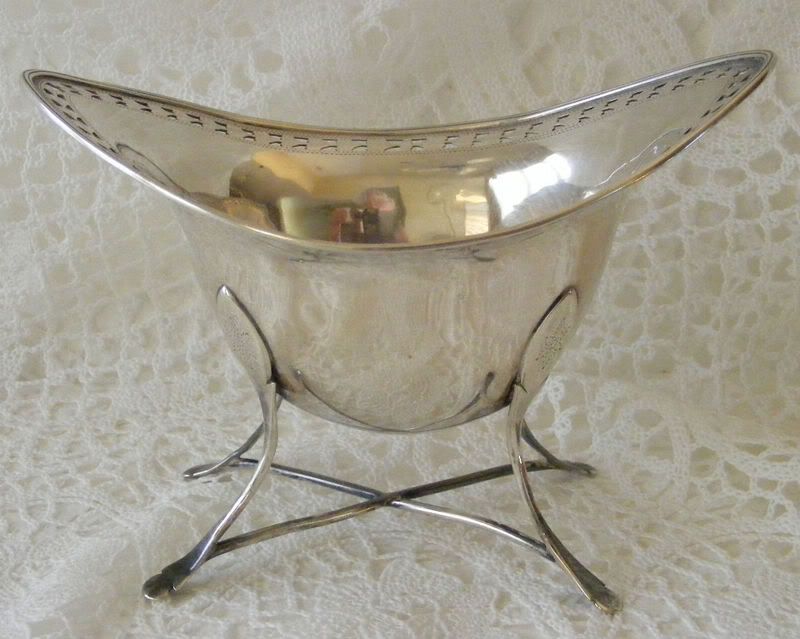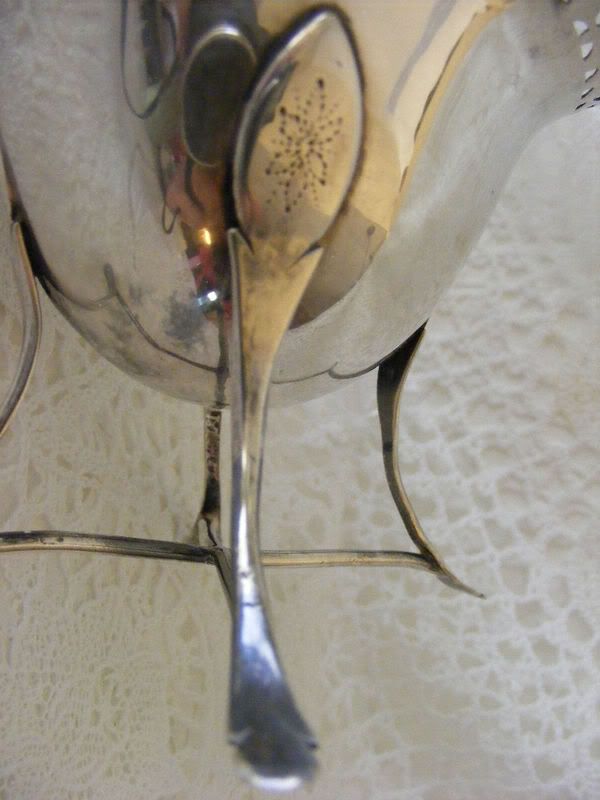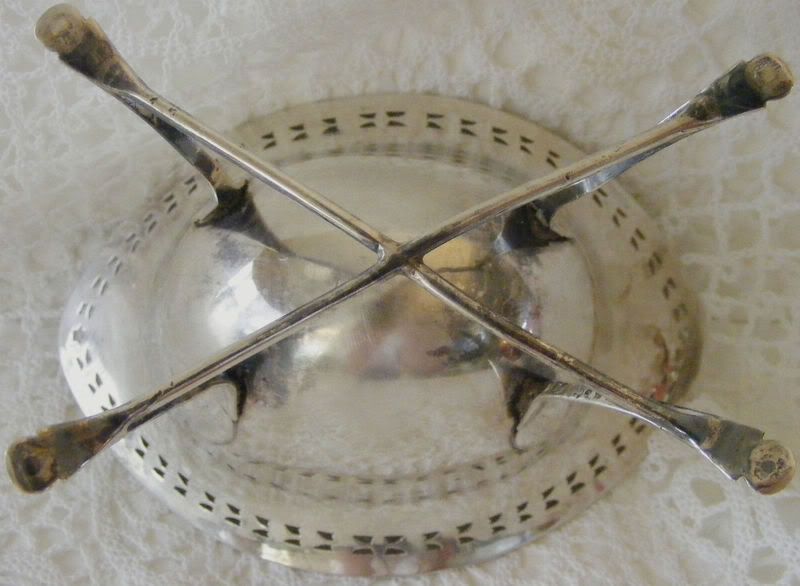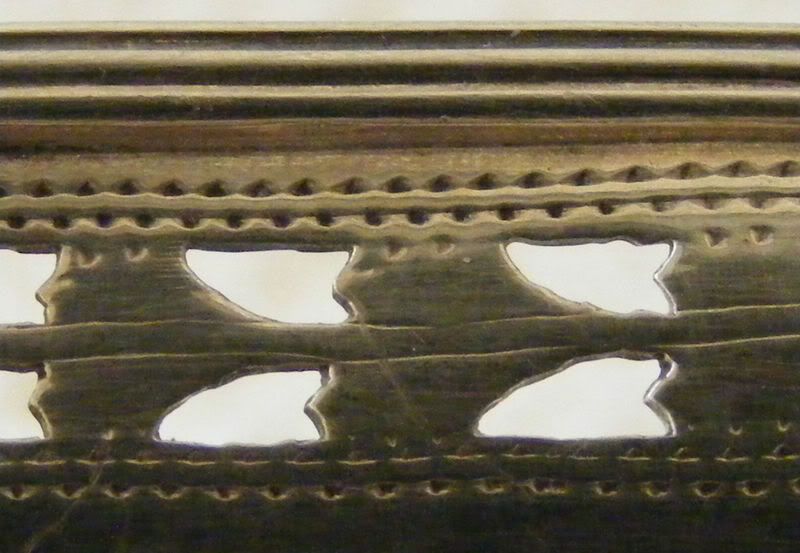Hi Historydetective,
You have a vivid fantasy, for the record; in 1795 the Low Countries ( Republic of the Seven United Netherlands) are conquered and occupied by the French armies. The Austrian Netherlands, the Prince Bishopric of Liege, Luxemburg and the present Limburg province are annexed by the French Republic. Proclamation of the Batavian Republic, a French satellite state. The Batavian Republic (Dutch: Bataafse Republiek) was the successor of the Republic of the United Netherlands. It was proclaimed on January 19, 1795, and ended on June 5, 1806, with the accession of Louis Bonaparte to the throne of the Kingdom of Holland.
In 1795 it was determined by the then French rulers, by way of taxation in the provinces of
Holland, Zeeland and
Utrecht, that all gold and silver objects had to be handed in to be melted down, with some exceptions including spoons and forks. The objects had to be handed in, being an extra tax, to pay for the French Republics’ war debts. If the owners would like to keep those silver objects, they also could choose to pay in cash for the value of the metal. As a proof of the fact that the object had been redeemed, a tax paid mark was punched on the object, in general, the date letter used in 1795. The city of Alkmaar punched a flowery script letter L and Amsterdam used a smaller version of the going date letter L. The Hague used date letter Y uncrowned and Utrecht used a different mark.
The old province mark of Holland used for 1st standard of silver temporarily changed, only for a few months, into a smaller version, still being a lion rampant but uncrowned and for new objects only.
NB. I personally believe that during turmoil important silver objects are hidden, kept out of sight for a while. Wealthy merchants and other could pay for the value of the metal. Others may have punched a ‘fake ‘ date letter to fool the French. Through the Ages silver objects always have been melted down, to be made back into coins and bars, to generate hard cash, even today as we write.
An example for Amsterdam tax paid during the year of 1795

From left to right:
Amsterdam date letter D for 1788; Amsterdam city guild mark (upside down);
Small sized letter L, tax paid mark for Amsterdam punched in 1795; Crowned V for large items; duty mark for foreign and other untaxed objects used 1814-1893. This duty mark does not give any guarantee of a precious metal standard of fineness. This mark has been used on metal with a 250 minimum silver content as a duty mark. This mark was destined for all imported, unmarked and invalid marked objects of foreign, national and unknown origin. Upon the invalidation of the hallmarks of Louis Napoleon’s kingdom of Holland and those of the French Empire in 1816, this mark also has been used as a tax free census mark; Province of Holland mark, lion rampant crowned (upside down)
Oel.












